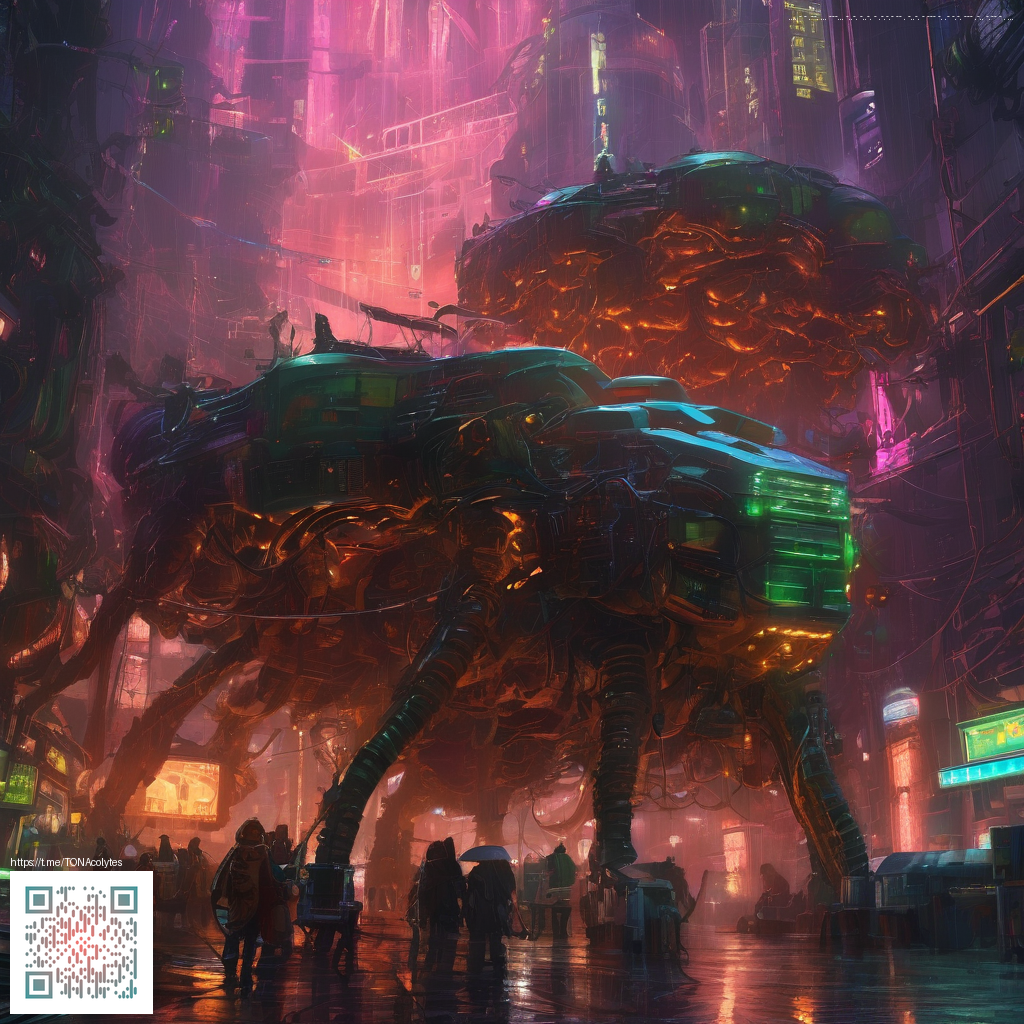
Why Watercolor Textures Matter in Modern Design
Watercolor digital paper has evolved from a decorative flourish to a core design material. The soft bleeds, organic edges, and unpredictable color shifts mirror the way ideas actually unfold—gradual, layered, and full of subtle nuance. For designers working across branding, web, print, and packaging, watercolor textures offer a versatile bridge between the tactile warmth of traditional media and the precision of digital workflows. When you blend these textures with vector shapes, typography, and photography, you unlock a mood that feels handcrafted yet polished.
Key characteristics that elevate your projects
- Organic texture with natural variation that keeps designs from feeling robotic or flat.
- Soft edge bleed and feathered transitions that blend seamlessly with other layers.
- Layering flexibility—build depth by stacking multiple washes, each with its own transparency.
- Color versatility—palettes can range from airy pastels to bold, expressive tones without losing cohesiveness.
- High-resolution compatibility—works just as well in large-format print as in scalable digital assets.
Practical applications across projects
- Branding moodboards and style guides where a human touch helps brands stand out.
- UI and UX backgrounds that add depth without competing with content.
- Packaging mockups and product sheets that communicate warmth and tactility.
- Social media templates and covers that feel cohesive across posts.
- Illustration overlays and mask textures that bring line art to life.
- Print collateral such as brochures and posters where color behavior matters in print.
“Texture is the quiet language of design—it speaks in nuance, inviting viewers to lean in and explore.”
Incorporating watercolor digital paper into a workflow often starts with a clear palette idea and a plan for how texture will interact with type, imagery, and space. A practical approach is to curate a small set of textures that complement your brand colors, then experiment with layer blending techniques to achieve subtle mood shifts. For reference and inspiration, you can explore related visuals on the inspiration page here. This gallery highlights a range of watercolor textures and compositions that align with contemporary design sensibilities.
When you’re balancing content creation and client meetings on the go, having a compact, reliable toolkit becomes essential. For mobile designers and collaborators who appreciate both form and function, the Neon MagSafe Phone Case with Card Holder can be a practical companion. It keeps essentials close while you reference textures, compare palettes, and share quick demos—demonstrating how watercolor paper translates across screens and surfaces. You’ll find that pairing tactile textures with a portable accessory keeps your ideas moving smoothly from concept to execution. You can also view the product page to learn more about its features and compatibility.
To weave watercolor textures into your projects without overwhelming the layout, start with a single texture as a subtle background and build from there. Use transparency to let underlying typography or photography breathe, then gradually introduce additional textures as accents in corners or behind calls to action. The key is restraint: texture should support, not steal focus from, the core message.
From concept to production: a streamlined approach
- Define the mood: calm and airy, or vibrant and expressive?
- Choose a handful of textures that align with that mood and your color palette.
- Test how textures interact with typography, icons, and imagery at multiple sizes.
- Document usage rules in a style guide to maintain consistency across assets.
- Export textures in web- and print-friendly formats and keep licensing considerations in check.
As you refine your process, consider how watercolor digital paper can strengthen both brand storytelling and user experience. The textures provide a narrative layer—one that communicates warmth, tactility, and a touch of spontaneity—while being flexible enough to adapt to diverse formats and channels. The result is a design language that feels both modern and timeless.